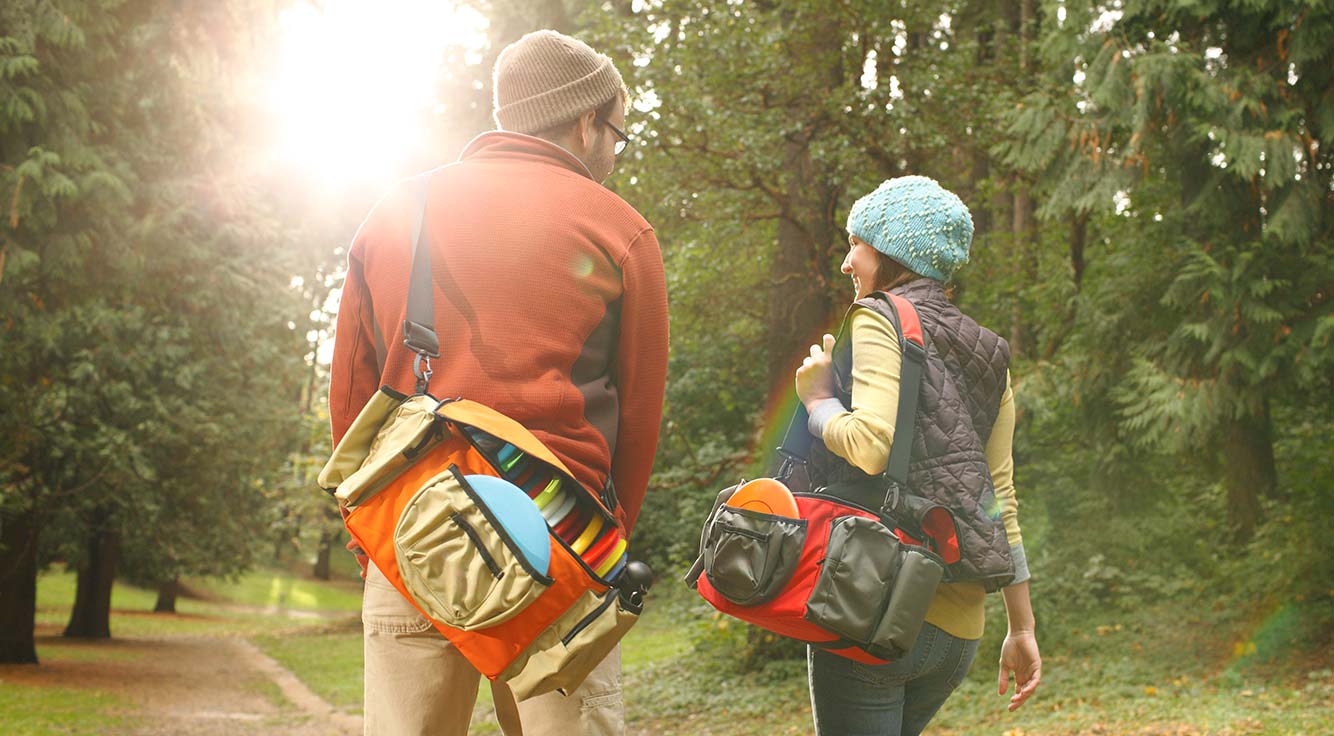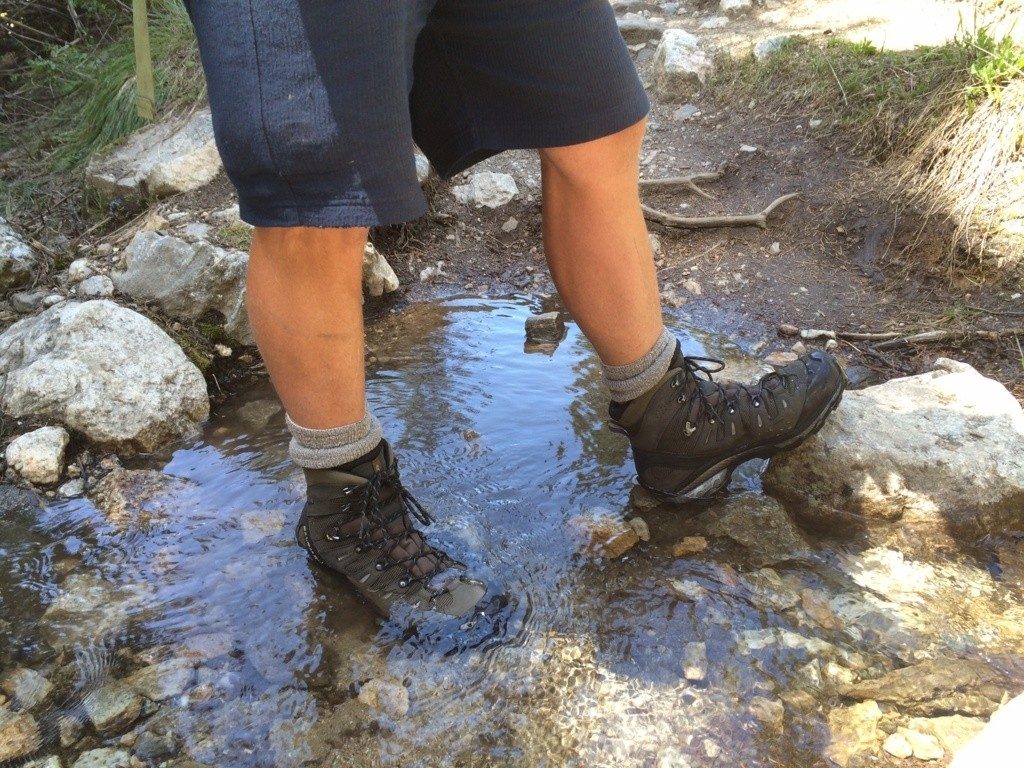One of the best things about celebrating the Fourth of July is that everyone in Washington D.C. stops what they are doing to join in on parades, fireworks, and barbecues like the rest of us. But they’re now back at work. Healthcare reform remains at the top of the agenda.
Don’t worry, I’m not going to discuss coverage or insurance here. This blog is for healthier topics than politics! But if I could give a speech in Congress or write a letter to all 535 members of Congress, I would encourage them to include a big dose of the outdoors and nature in whatever plan they come up with.
The evidence is clear and it’s growing every day. There aren’t many drug prescriptions with as many positive effects and few side effects (unless you count sunburn and mosquito bites) as exposure to nature.

We could take some serious steps toward real healthcare reform if we’d just step outside more often. Photo: Courtesy Kaiser Permanente
It doesn’t matter whether you are a Republican, Democrat, involved in the health insurance industry or one of many healthcare providers. We all have a vested interest in lowering healthcare costs. Getting people outside and active, and bringing nature indoors where we live, work, and play leads to better health. Better health means lower costs, and everyone can support making this a priority no matter what your thoughts on healthcare reform are.
What might help convince elected officials is more hardcore clinical research. This takes funding to do it right. As citizens we need to encourage our representatives to consider increasing federal funding to look into specific outcomes of exposure to nature for the National Institutes of Health and the National Science Foundation. Right now, NIH gets $30 billion for medical research and NSF gets $8 billion. But none of this funding currently goes toward research which can identify exactly how our interaction with nature benefits us.
For example, what kinds of outdoor activities give us the most benefit? Is hiking better than swimming or yoga? How much time is required? Do we get the most benefit from exposure to trees or flowers? If nature lowers blood pressure, what does this mean for long term cardiovascular health? Can outdoor activity lower the need for antidepressants? They are currently taken by one in five Americans, a 22 percent increase in the last ten years. Anything we can do to reduce the need for these drugs would be good for individuals and reduce healthcare costs.

If we could replace even a fraction of the prescriptions for antidepressants with access to parks and more outdoor activities, we would cut significant healthcare costs.
Should physicians write prescriptions for trail hikes or visiting your local park? Should health insurance cover your purchase at REI? Should you get a tax-deduction for buying a stand-up paddleboard?
It will help when science can back up what various cultures have known and practiced for thousands of years. Nature can become part of the cure and part of our institutional healthcare policy. And let’s face it, money talks. So if we can prove exposure to nature saves money, smart leaders will be all in. And vitamin “N” is free!
One of the leaders is in this effort is Kaiser Permanente. Good Earth Plant Company has worked with Kaiser to install living walls at its facilities, including most recently at its Zion Avenue hospital in San Diego. We know from first hand experience Kaiser really “gets it” when it comes to integrating healthcare, nature, and outdoor activities.
Kaiser practitioners treat activity as a vital sign just like blood pressure. They also know physical activity has more benefits when it takes place outdoors. “We believe being outdoors is critically important for good health,” says Dr. Jennifer Bass, a pediatrician with Kaiser in Portland, Oregon. She says Kaiser Permanente’s practitioners treat “exercise as a vital sign.”
But it’s not just about numbers: the physical setting for exercise is key. “There are benefits of outdoor [activities] versus indoor,” says Bass, noting that outdoor runners enjoy health benefits that treadmill users do not, and the former are more likely to continue with the activity in the longer term.
In a program at Kaiser facilities in Oregon, doctors write “prescriptions” for activity, and area recreation centers partner with Kaiser to help encourage participation. Another program between Humana and the National Park Service writes “park prescriptions” for patients, launched last year during the Park Service centennial celebration.
On the legislative level, allowing people to use health savings accounts to buy tax-free outdoor equipment or memberships in outdoor recreation clubs or facilities would be a low-cost first step.
It sounds pretty simple doesn’t it? But we all know the pharmaceutical industry has a lot more lobbyists and a lot more money than the outdoor industry when it comes to convincing politicians to support new policies. It’s going to be up to us, the average citizen, to be our own healthcare champions, taking charge of our own health and doing what we can to make it easier for others to do the same. Encouraging funding at the local level to make sure there is a park in every neighborhood is a start. Taking a walk after dinner in the neighborhood with your kids (WITHOUT electronics) is another tactic.
Like a lot of things going on in Washington DC, if we want it done right, we’re probably going to have to do it ourselves.


